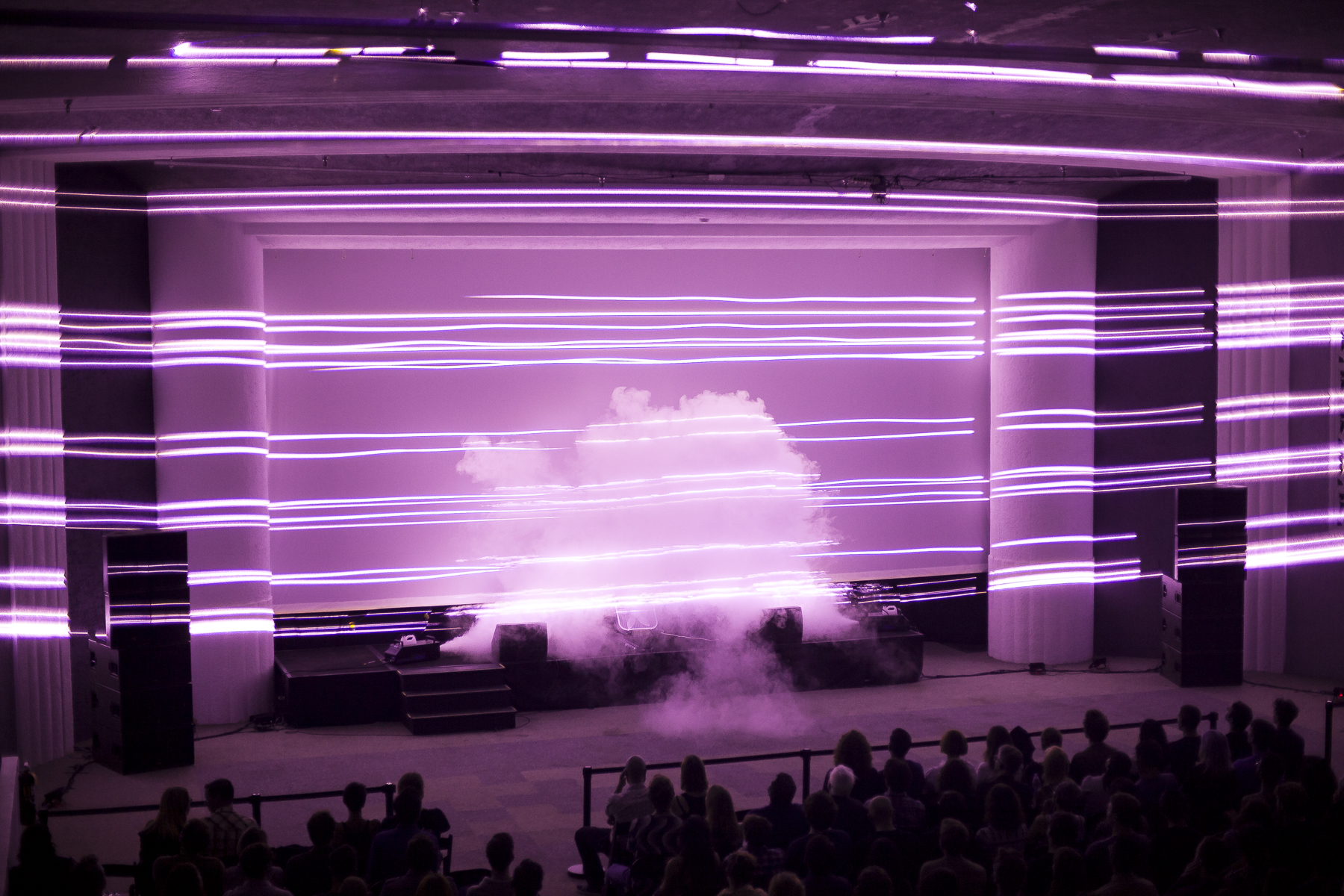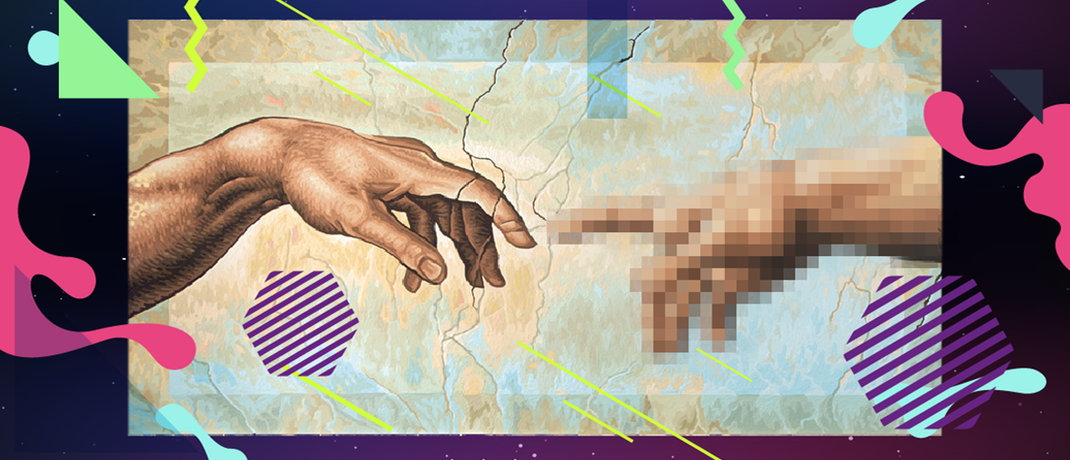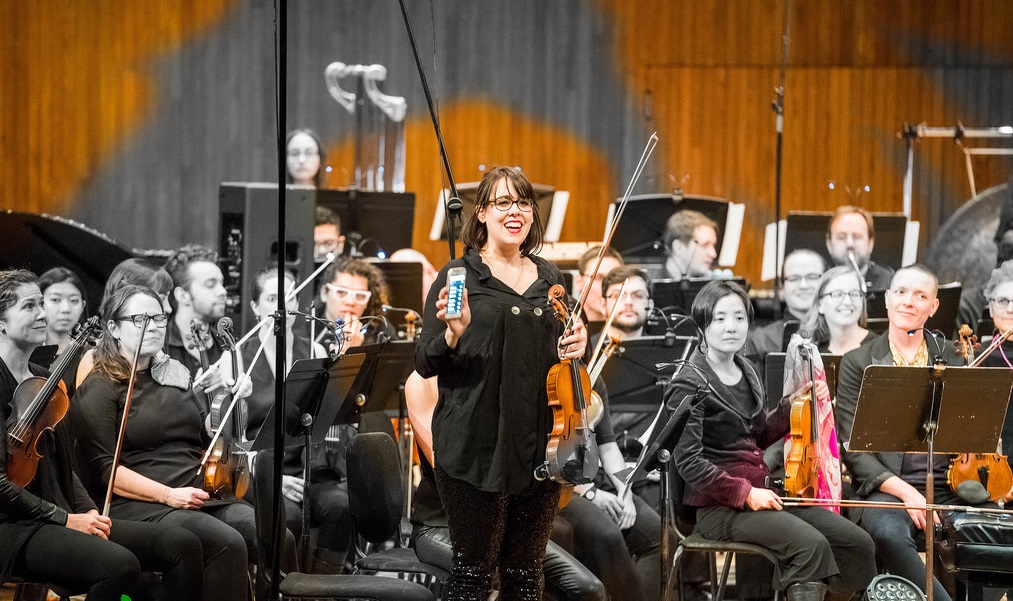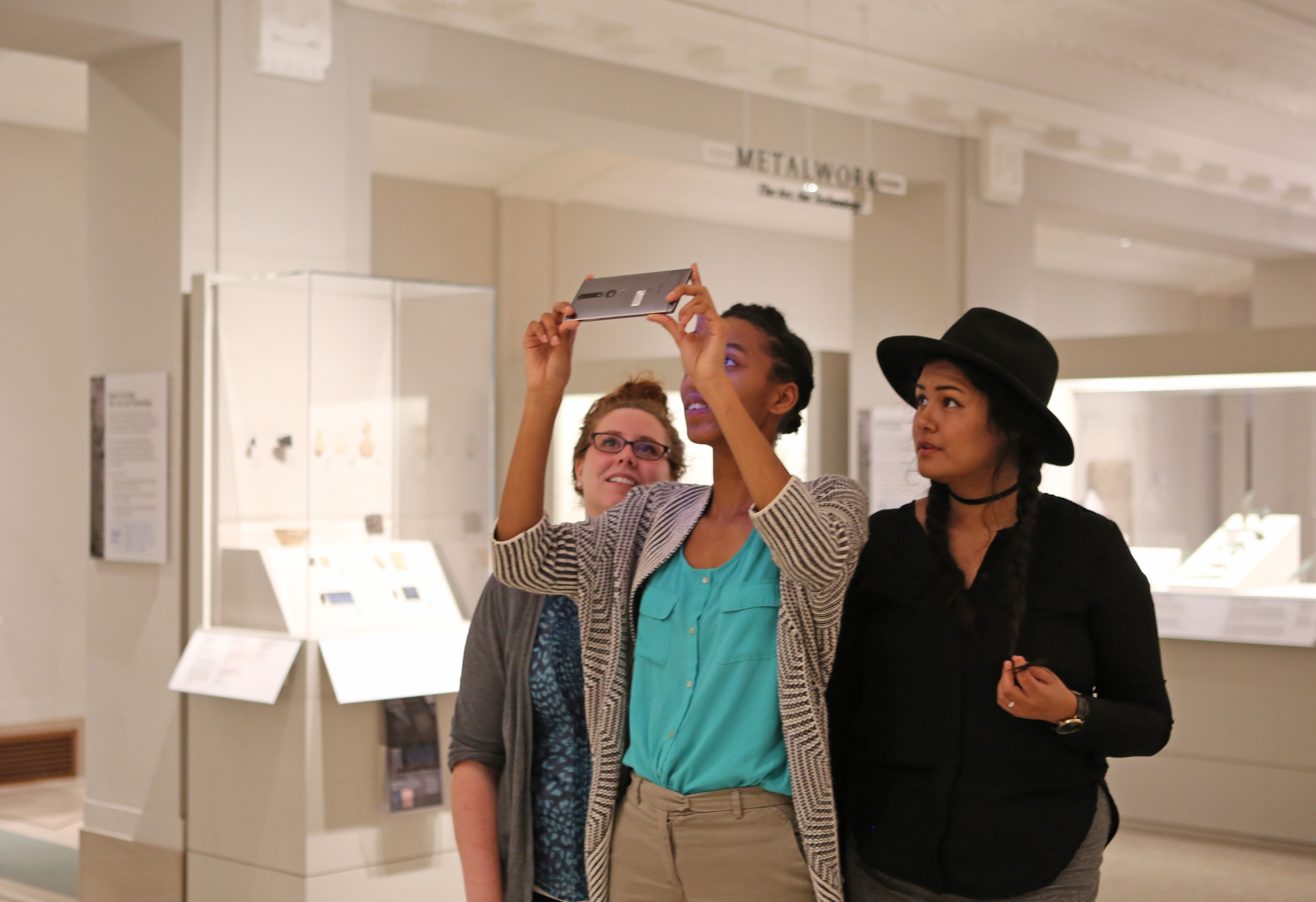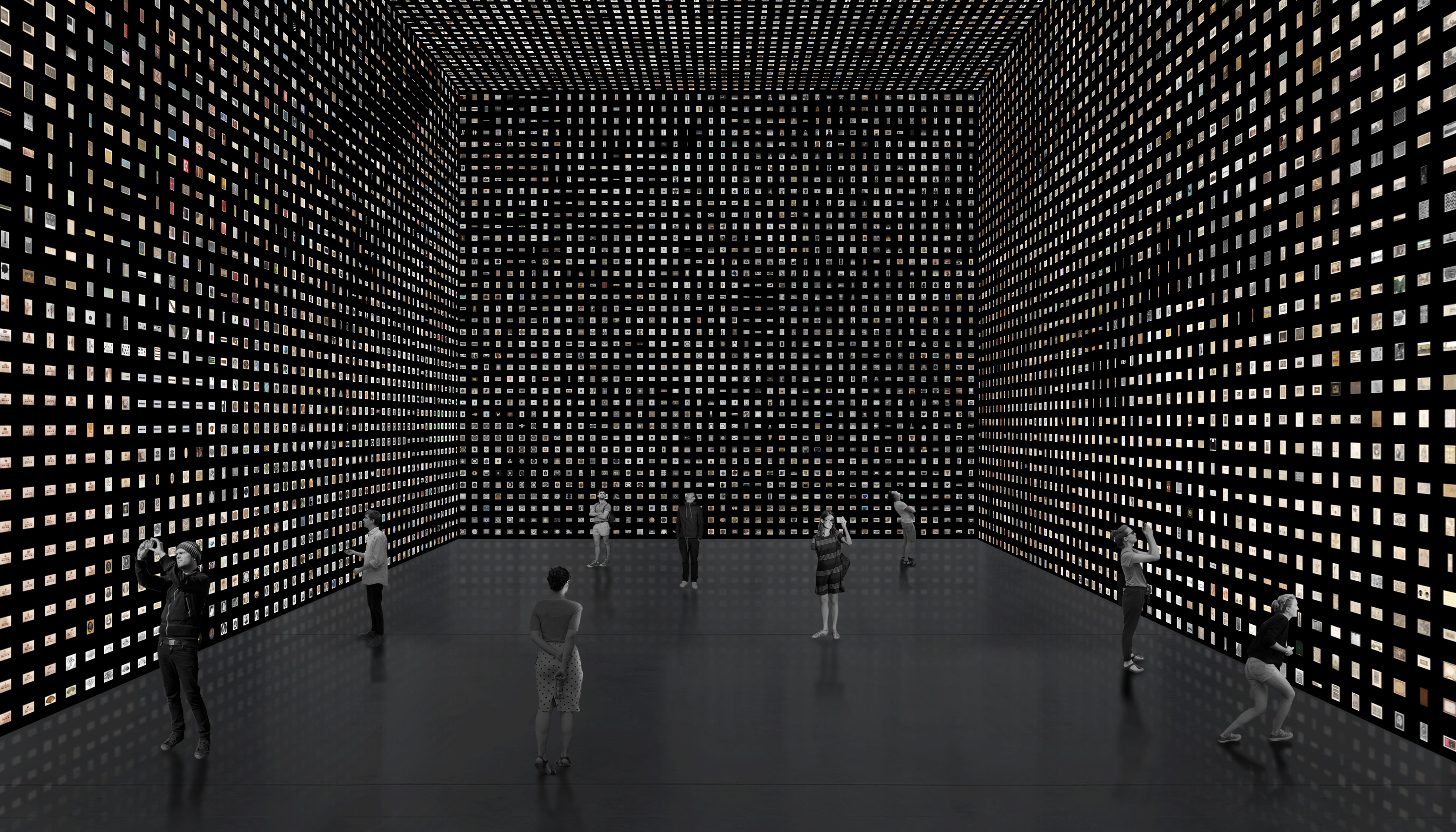
Digital Pathways for Digital Artists
On Nov. 15, 2018, Knight Foundation announced $435,000 in funding for new arts technology projects that foster a strong future for digital art-making. Learn more about the announcement here.
Technology-based art is not new. For decades, artists have used technology as a tool and medium for expression. From Nam June Paik’s large-scale video sculptures to Complex Movement’s community-based installation and performances, artists have and are exploring the aesthetic possibilities of technology to captivate audiences.

Despite seminal technology-based works, new media artists still only have a few places to discover models for success, communities of practice and the building blocks for sustainable careers. Artists need clear pathways to audience, to revenue and to each other. This requires building support systems to help artists create their best work, learn from each other, and have more predictable income streams. For many digital artists, this might mean exploring career paths that diverge from the traditional gallery route, to integrate public art, pop-up experiences or ticketed performances. And as artists examine these avenues, they need better tools for launching new enterprises.
New media presents challenges to institutions that both collect and present art. Technology is inherently ephemeral and unstable. It requires special expertise to deploy and maintain. Because of this, the path through traditional galleries to the large audiences of contemporary art museums is often inaccessible for new media artists.
Yet more and more, people want personalized, interactive and shareable experiences, the same kind they expect in their daily lives. These values have more social relevance than ever. In LaPlaca Cohen’s 2017 Culture Track survey of more than 4,000 cultural consumers, the top desired characteristics cited for a cultural experience were “social” and “interactive.” That is, audiences are increasingly seeking out art that they can touch, feel and engage with more deeply. At the same time, crafting experiences that showcase participation, immersion and play is where many digital artists shine.
This opens an opportunity to attract new interest in the arts. To fully leverage it, we must think about how new media artists might plug into traditional institutions, but also support their ability to evolve and present challenging new ideas.
To begin this thinking, Knight Foundation is making investments aimed at improving the digital arts ecosystem. From building communities around open source tools to exploring the recent phenomenon of pop-up experiences, these grants represent the first steps toward helping artists who choose algorithms and digital hardware as means of expression.
This work is part of Knight’s Arts Technology initiative, which aims to help arts institutions better meet new community demands and use digital tools to meaningfully engage people in art. We believe the arts play an essential role in building stronger, more connected communities. Engaging people through technology is one way to ensure they continue on this path.
In the past, we’ve focused many of our investments on connecting large arts institutions with the tech expertise and tools they need to maintain their relevance in an increasingly digital world. These new investments are unique in that they recognize the need to create a better support system for artists who are already using technology to provoke and inspire people.
Ensuring a path to sustainability for these artists also opens up new avenues for them to express themselves and explore ideas. As technology takes over almost every aspect of our lives, from news and information to the ways in which we interact with each other, we need to create new avenues for artists to permeate these spaces and establish a lasting mark.
Chris Barr is Knight Foundation director for arts and technology innovation.
Image (top): Performance of “Late Speculation,” a projection-mapped sculptural show, by Nonotak at Gray Area’s Grand Theater. Gray Area Foundation for the Arts is receiving support from Knight Foundation to develop a playbook for creating immersive digital art installations in a pop-up museum format. Photographer: Claudia Miranda. Photo courtesy of Gray Area.
-
Arts / Press Release
-
Topic
-
Arts / Press Release
-
Arts / Press Release
-
Arts / Press Release
Recent Content
-
Artsarticle ·
-
Artsarticle ·
-
Artsarticle ·
